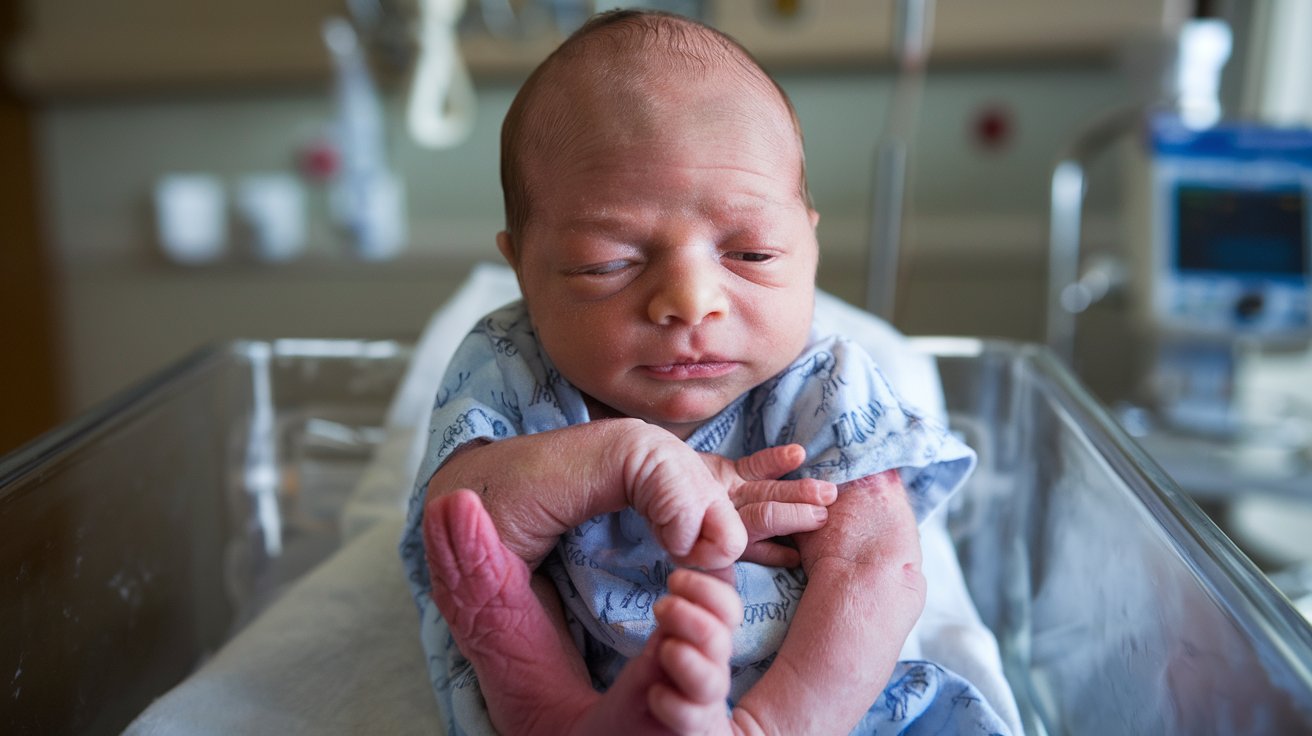
Congenital contractures are conditions present at birth where joints are permanently fixed in a bent or straight position. These contractures can affect various parts of the body, including arms, legs, fingers, and toes. Arthrogryposis is one of the most common types, characterized by multiple joint contractures. Causes can range from genetic factors to issues during pregnancy, such as reduced fetal movement. Early diagnosis and intervention are crucial for managing symptoms and improving mobility. Treatments often involve physical therapy, splinting, and sometimes surgery. Understanding congenital contractures can help families and caregivers provide better support and care for affected individuals.
Key Takeaways:
- Congenital contractures, or arthrogryposis, are conditions where joints are permanently fixed in a bent or straight position, affecting mobility. Early intervention and support are crucial for managing and living with this condition.
- Genetic factors, reduced fetal movement, and maternal illnesses can contribute to congenital contractures. Research is ongoing to develop new treatments, including stem cell therapy and 3D printing for custom orthotic devices.
What Are Congenital Contractures?
Congenital contractures, also known as arthrogryposis, are conditions where joints are permanently fixed in a bent or straight position. These conditions can affect one or multiple joints and can vary in severity.
-
Congenital contractures are present at birth and can affect any joint in the body, including the hands, feet, hips, and knees.
-
The term "arthrogryposis" comes from Greek words meaning "curved or hooked joints."
-
There are over 400 different types of congenital contractures, each with unique characteristics and causes.
-
These conditions can be caused by genetic factors, environmental influences, or a combination of both.
Causes and Risk Factors
Understanding the causes and risk factors of congenital contractures can help in early diagnosis and management. Here are some key points to consider:
-
Genetic mutations are a common cause of congenital contractures, often inherited from one or both parents.
-
Reduced fetal movement in the womb can lead to joint contractures, as movement is essential for normal joint development.
-
Maternal illnesses such as diabetes or infections during pregnancy can increase the risk of congenital contractures.
-
Exposure to certain drugs or toxins during pregnancy can also contribute to the development of these conditions.
Symptoms and Diagnosis
Recognizing the symptoms and getting a proper diagnosis is crucial for managing congenital contractures effectively. Here are some important facts:
-
Symptoms can include limited range of motion, joint stiffness, and muscle weakness.
-
In severe cases, congenital contractures can affect the spine and lead to scoliosis.
-
Diagnosis is typically made through physical examination and imaging studies like X-rays or MRIs.
-
Genetic testing can help identify specific mutations responsible for the condition.
Treatment Options
Various treatment options are available to help manage congenital contractures and improve quality of life. Here are some of the most common approaches:
-
Physical therapy is often the first line of treatment, focusing on improving joint mobility and muscle strength.
-
Occupational therapy can help children develop skills needed for daily activities.
-
In some cases, surgical intervention may be necessary to release tight muscles or tendons.
-
Orthotic devices like braces or splints can help maintain joint position and prevent further deformities.
Living with Congenital Contractures
Living with congenital contractures can be challenging, but with the right support and resources, individuals can lead fulfilling lives. Here are some key points to keep in mind:
-
Early intervention is crucial for improving outcomes and maximizing independence.
-
Support groups and online communities can provide valuable emotional support and practical advice.
-
Adaptive equipment and assistive technology can help individuals perform daily tasks more easily.
-
Regular follow-up with healthcare providers is essential for monitoring progress and adjusting treatment plans as needed.
Research and Future Directions
Ongoing research is helping to improve our understanding of congenital contractures and develop new treatments. Here are some exciting developments:
-
Advances in genetic research are leading to the identification of new mutations and potential targets for therapy.
-
Stem cell therapy holds promise for regenerating damaged tissues and improving joint function.
-
Researchers are exploring the use of 3D printing to create custom orthotic devices and surgical implants.
-
Clinical trials are underway to test new drugs and therapies for managing congenital contractures.
-
Increased awareness and advocacy efforts are helping to improve access to care and support for individuals with congenital contractures.
Final Thoughts on Congenital Contractures
Understanding congenital contractures helps us appreciate the complexities of human development. These conditions, often present at birth, can affect joints, muscles, and tendons, leading to limited movement. Early diagnosis and intervention are crucial for improving quality of life. Treatments range from physical therapy to surgical options, depending on severity.
Awareness and education about congenital contractures empower families and healthcare providers to make informed decisions. By sharing knowledge, we can support those affected and contribute to ongoing research and advancements in treatment. Remember, every bit of information helps in managing and overcoming these challenges.
Stay curious and keep learning. The more we know, the better we can support those in need. Thanks for joining us on this journey through the facts about congenital contractures. Keep exploring and spreading awareness!
Frequently Asked Questions
Was this page helpful?
Our commitment to delivering trustworthy and engaging content is at the heart of what we do. Each fact on our site is contributed by real users like you, bringing a wealth of diverse insights and information. To ensure the highest standards of accuracy and reliability, our dedicated editors meticulously review each submission. This process guarantees that the facts we share are not only fascinating but also credible. Trust in our commitment to quality and authenticity as you explore and learn with us.


